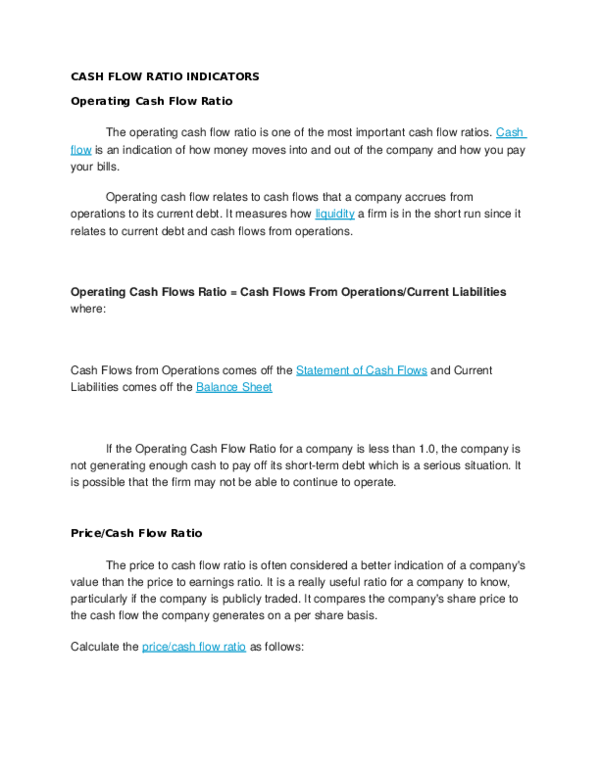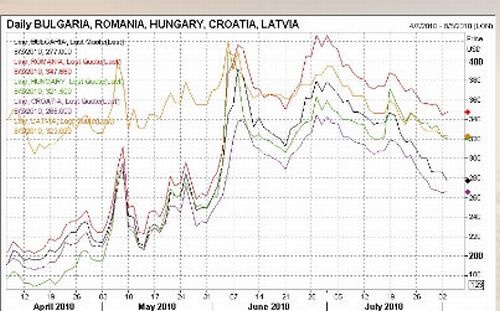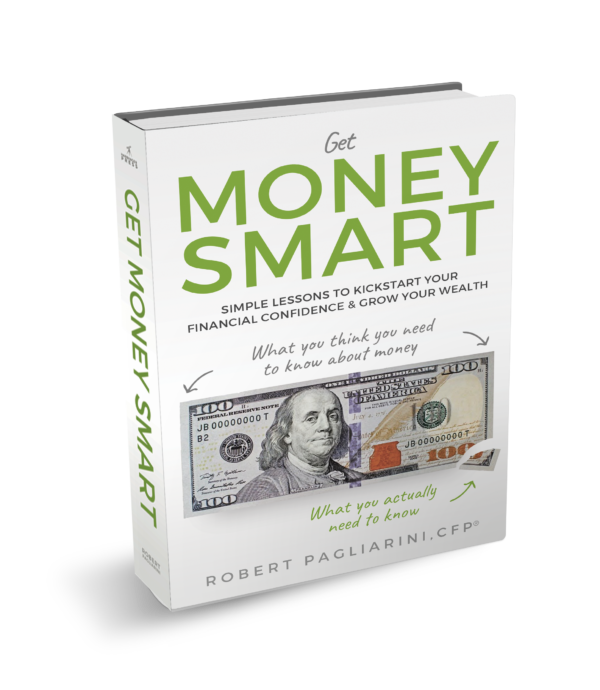Contents:
In times of monetary crisis or collapse, a barter system is frequently established to continue trading goods and services and keep a country operating. Instead of directly exchanging goods with customers, some businesses barter through membership-based trading exchanges. In this case, customers frequently find it challenging to pay transaction fees. Bartering is based on a simple theory- two people negotiate the relative merits of their goods and services and then offer them to each other in an equal exchange.
Units of account were often defined as the value of a particular type of gold coin. Silver coins were used for intermediate-sized transactions, and sometimes also defined a unit of account, while coins of copper or silver, or some mixture of them, might be used for everyday transactions. Traditionally, bartering systems were used within the local community. For example, a farmer with eggs and milk can trade them to the local baker for a birthday cake and a loaf of bread.
An example of this would be during the Crisis in Bolivarian Venezuela, when Venezuelans resorted to bartering as a result of hyperinflation. Other anthropologists have questioned whether barter is typically between “total” strangers, a form of barter known as “silent trade”. Silent trade, also called silent barter, dumb barter (“dumb” here used in its old meaning of “mute”), or depot trade, is a method by which traders who cannot speak each other’s language can trade without talking. However, Benjamin Orlove has shown that while barter occurs through “silent trade” , it occurs in commercial markets as well. Most often, parties trade goods and services for goods or services that differ from what they are willing to forego.The parties of the barter transaction are both equal and free. Barter System originally came into existence to overcome the lack of any hard money in olden times.
A barter transaction could occur, say, between a plumber and a copywriter. In this example, the plumber goes to the writer’s house to fix some leaking pipes and then rather than asking for payment asks the writer to help pen some promotional materials for the plumber’s business instead. What we are witnessing here is one service being exchanged for another without any money changing hands. Michael Linton this originated the term “local exchange trading system” in 1983 and for a time ran the Comox Valley LETSystems in Courtenay, British Columbia. LETS networks use interest-free local credit so direct swaps do not need to be made.
Barter is the trade of goods or services between two or more people that does not include the use of money or a monetary device such as a credit card. Trading is defined as one party providing one good or service in exchange for another party providing a different good or service. A simple example of a barter relationship is a carpenter who builds a fence for a farmer. Instead of paying the builder $1,000 in cash for labor and supplies, the farmer may reimburse the carpenter with $1,000 worth of produce or groceries. In the United States, Karl Hess used bartering to make it harder for the IRS to seize his wages and as a form of tax resistance.
Income Tax Filing
Barter is an act of exchange involving goods or services without the use of money or any other monetary medium. A medium of exchange is an intermediary instrument, such as currency, that is used to facilitate the purchase and sale of goods between parties. Digital currencies are decentralized and have considerably lower fees for international transfers. They are also readily accessible, expediting payments and transfers. As more retailers and businesses accept digital currencies, their popularity increases, and the likelihood that they will eventually displace fiat currencies is inevitable.
- In times of monetary crisis or collapse, a barter system is often established as a means to continue the trading of goods and services and to keep a country functioning.
- Mary Hall is a freelance editor for Investopedia’s Advisor Insights, in addition to being the editor of several books and doctoral papers.
- The Internet has revived the barter system, allowing participants to trade goods and services.
- Although trade and barter may appear virtually antiquated, they were the go-to business strategies for those who lived before credit card processing was convenient.
As a result, it aids in the expansion of business networks and relationships. Bartering is usually conducted directly between two parties; however, it may be done multilaterally through a trade exchange. Developed countries typically don’t engage in barters unless they’re done in association with the standard monetary system of your country, and even then, it is only practised in rare instances. Bartering is generally conducted directly between two parties; however, it may be done multilaterally through a trade exchange. Developed countries generally don’t engage in barters unless they’re done in conjunction with the standard monetary system of the country, and even then, it is only used in rare instances. The term paper money applies only to the notes issued by the government and the central banks.
Hess explained how he turned to barter in an op-ed for The New York Times in 1975. However the IRS now requires barter exchanges to be reported as per the Tax Equity and Fiscal Responsibility Act of 1982. Barter exchanges are considered taxable revenue by the IRS and must be reported on a 1099-B form.
Barter system in Venezuela
The only way to buy goods was to exchange them with personal belongings of similar value. For example- A farmer gives his cattle in exchange for some land, and so on. Sumer and Mesopotamia used bartering systems, and civilizations like the Phoenicians and the Babylonians supposedly had specialized areas for bartering markets. The Phoenicians traveled around the Mediterranean and the Middle East, bartering with whomever they came in contact. For example, the Egyptians were fond of red cedar lumber, entirely unavailable in Egypt, and they often bartered with Phoenician tradesmen to acquire it.
Barter System vs. Currency System: Definition and How They Work – Investopedia
Barter System vs. Currency System: Definition and How They Work.
Posted: Sat, 25 Mar 2017 15:52:01 GMT [source]
Since they are legal tender, they can be widely used to purchase goods and services. Money as a medium of exchange was not used in the early history of mankind. Exchange of the goods was not very frequent as households were self-sufficient. Whatever exchange took place between the households was in the form of barter, that is, exchange of goods for other goods. Examples of modern forms of bartering include time banking, child care cooperatives, and house sitting. Countries also engage in bartering when they are deeply in debt and are unable to obtain financing.
There are no constraints like shortage of space, while storing money.
Money became a medium of exchange for goods and services, displacing the barter system. Under the barter system, the transacting parties must have a demand for the goods or services each offers to facilitate the transaction. If needs are mismatched, no exchange takes place, leaving parties unfulfilled. Since the beginning of known history, humans have directly exchanged goods and services with one another in a trading system called bartering.
No ethnographic studies have shown that any present or past society has used barter without any other medium of exchange or measurement, and anthropologists have found no evidence that money emerged from barter. They instead found that gift-giving (credit extended on a personal basis with an inter-personal balance maintained over the long term) was the most usual means of exchange of goods and services. While it mainly affiliates with ancient commerce, the internet has reinvented bartering in this era.
A monetary economy makes the exchange of goods and services more easily manageable. It is a reciprocal, mutually-beneficial arrangement that doesn’t involve the exchange of cash or another monetary medium . On the basis of minimum reserve, the central banks can issue the currency in any number subject to the economic condition of the country. A nonmonetary transaction occurs when a business or commerce activity concludes without the transfer of money between accounts for parties tied to the transaction. Check online swap markets and online auctions that have a bartering component, such as Craigslist.com (check under “For Sale” for the Bartering category), Swapace.com, and BarterQuest.com. Your local chamber of commerce may be able to provide you with information on similar clubs in your area.
For example, there are two parties a fruit seller and a carpenter, who want to exchange fruits against the chair. So, what they need to decide is what should be the proportion of the two commodities which are to be exchanged, i.e. how many dozens of fruits are required to be exchanged for a chair? Basically, these are isolated transactions and in the absence of any common unit of measurement, the exchange is possible only in an arbitrary manner. Moreover, if they both agree to trade an apple for wheat, then the next problem is how to determine how much apple is worth one kg of wheat and vice versa. Both the individuals will argue for more of another person commodity in return of his. Therefore, exchange of goods will be limited and most of the time will not take place at all.
They then have the ability to barter system definition goods and services from other members utilizing their trade credits – they are not obligated to purchase from those whom they sold to, and vice versa. The exchange plays an important role because they provide the record-keeping, brokering expertise and monthly statements to each member. Commercial exchanges make money by charging a commission on each transaction either all on the buy side, all on the sell side, or a combination of both. A successful example is International Monetary Systems, which was founded in 1985 and is one of the first exchanges in North America opened after the TEFRA Act of 1982. Bartering is the method of trading commodities between two or more parties without using money. It is a classical arrangement through which people get what they do not have by trading with what they do have.
The baker then uses the milk and eggs to bake more bread, which she gives to the appliance repairman as payment for repairing her oven. ClearTax offers taxation & financial solutions to individuals, businesses, organizations & chartered accountants in India. ClearTax serves 1.5+ Million happy customers, 20000+ CAs & tax experts & 10000+ businesses across India. It is a reciprocal, mutually beneficial arrangement that doesn’t require the exchange of cash or another monetary medium. The second potential problem comes with trying to guarantee fair exchanges. How does one calculate, for example, a fair exchange rate of eggs for a television set?
Users can exchange barter money with other members for a fee by joining a trading network. Modern barter and trade has evolved considerably to become an effective method of increasing sales, conserving cash, moving inventory, and making use of excess production capacity for businesses around the world. Businesses in a barter earn trade credits that are deposited into their account.
ICSE Class 10 Economics Syllabus 2023 – 2024: Unit-wise Class 10th Economics Syllabus, Download PDF – Jagran Josh
ICSE Class 10 Economics Syllabus 2023 – 2024: Unit-wise Class 10th Economics Syllabus, Download PDF.
Posted: Fri, 14 Apr 2023 07:00:00 GMT [source]
The Mesopotamia tribes first introduced it, and later, the Phoenicians embraced it as a form of trading. They bartered goods to diverse people located in various cities across the Nile and beyond. For instance, commodities were swapped for weapons, food, and spices. Furthermore, Europeans traveled to barter crafts and fur for silks and perfumes as years progressed. Although money is now regarded as the primary mode of transaction, barter trade still exists in some forms.
The first potential problem is – using the example above – the person seeking lumber may not be able to find a supplier of lumber who is in need of something the lumber seeker can provide. For example, One party provided services to another party, on an agreement that the latter would be provided 10 kg of rice for that, after one year. Fiat Paper money is in the form legal tender promised by the governments.
Base rate is the minimum rate set by the Reserve Bank of India below which banks are not allowed to lend to its customers. As a member, you’ll also get unlimited access to over 88,000 lessons in math, English, science, history, and more. Plus, get practice tests, quizzes, and personalized coaching to help you succeed. Feedough is the one-stop resource for everything related to startups. Our philosophy is to research, curate, and provide the best startup feeds and resources to help you succeed in your venture. We are currently ranked as the 13th best startup website in the world and are paving our way to the top.
Participants bring things they do not need and exchange them for the unwanted goods of another participant. Swapping among three parties often helps satisfy tastes when trying to get around the rule that money is not allowed. Throughout the 18th century, retailers began to abandon the prevailing system of bartering. Retailers operating out of the Palais complex in Paris, France were among the first in Europe to abandon the bartering, and adopt fixed-prices thereby sparing their clientele the hassle of bartering. The Palais retailers stocked luxury goods that appealed to the wealthy elite and upper middle classes.
What Is Money? Definition, History, Types, and Creation – Coinspeaker
What Is Money? Definition, History, Types, and Creation.
Posted: Mon, 13 Mar 2023 07:00:00 GMT [source]
In times of monetary crisis or collapse, a barter system is often established as a means to continue the trading of goods and services and to keep a country functioning. This may occur if physical money is simply not available, or if a country sees hyperinflation or a deflationary spiral. The barter system does not provide for the direct purchase of goods since there was no common unit of account and medium of exchange . The exchanges also used custom currency, which could be hoarded and used to purchase services such as hotel stays during vacations.
- In essence, bartering involves the provision of one good or service by one party in return for another good or service from another party.
- It is a reciprocal, mutually-beneficial arrangement that doesn’t involve the exchange of cash or another monetary medium .
- A simple example of a barter arrangement is a carpenter who builds a fence for a farmer.
- If a commodity becomes popular for trading goods and services, it has become a form of money.
- An economy that follows direct barter of commodities is called a Barter Economy, or Commodity to Commodity .
Barter usually takes place on a bilateral basis, but may be multilateral . In most developed countries, barter usually exists parallel to monetary systems only to a very limited extent. Market actors use barter as a replacement for money as the method of exchange in times of monetary crisis, such as when currency becomes unstable or simply unavailable for conducting commerce.



